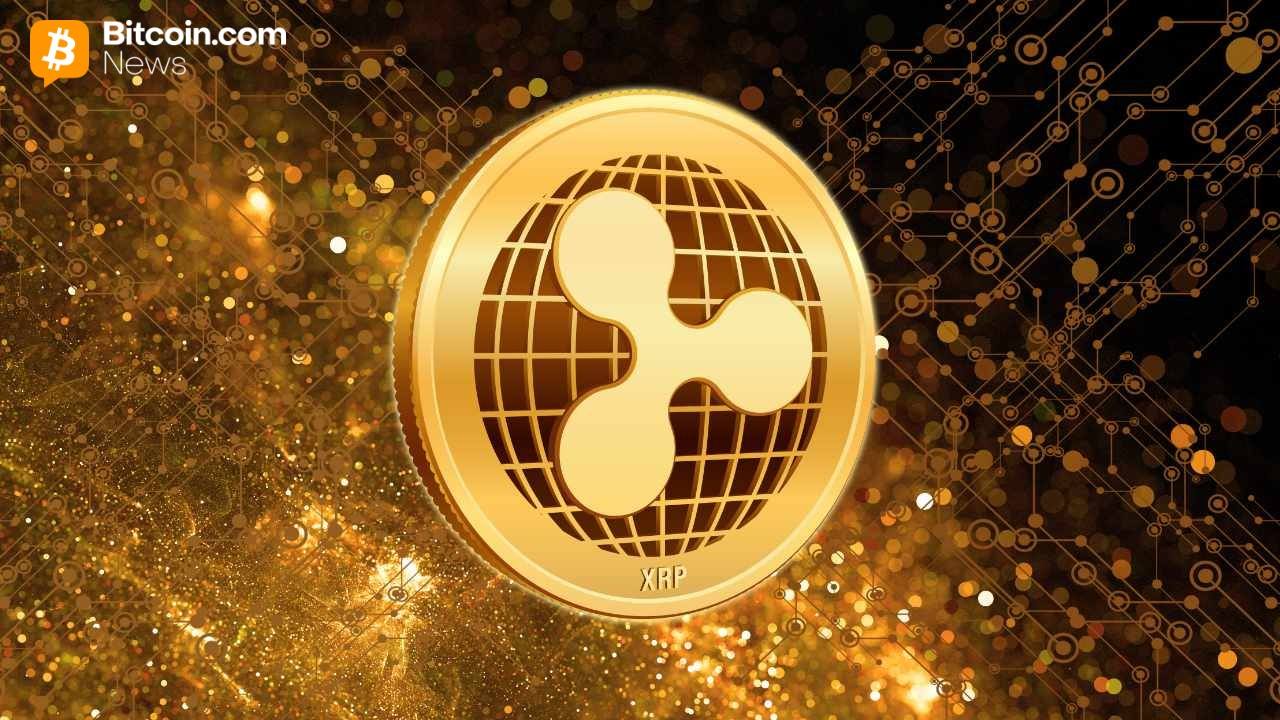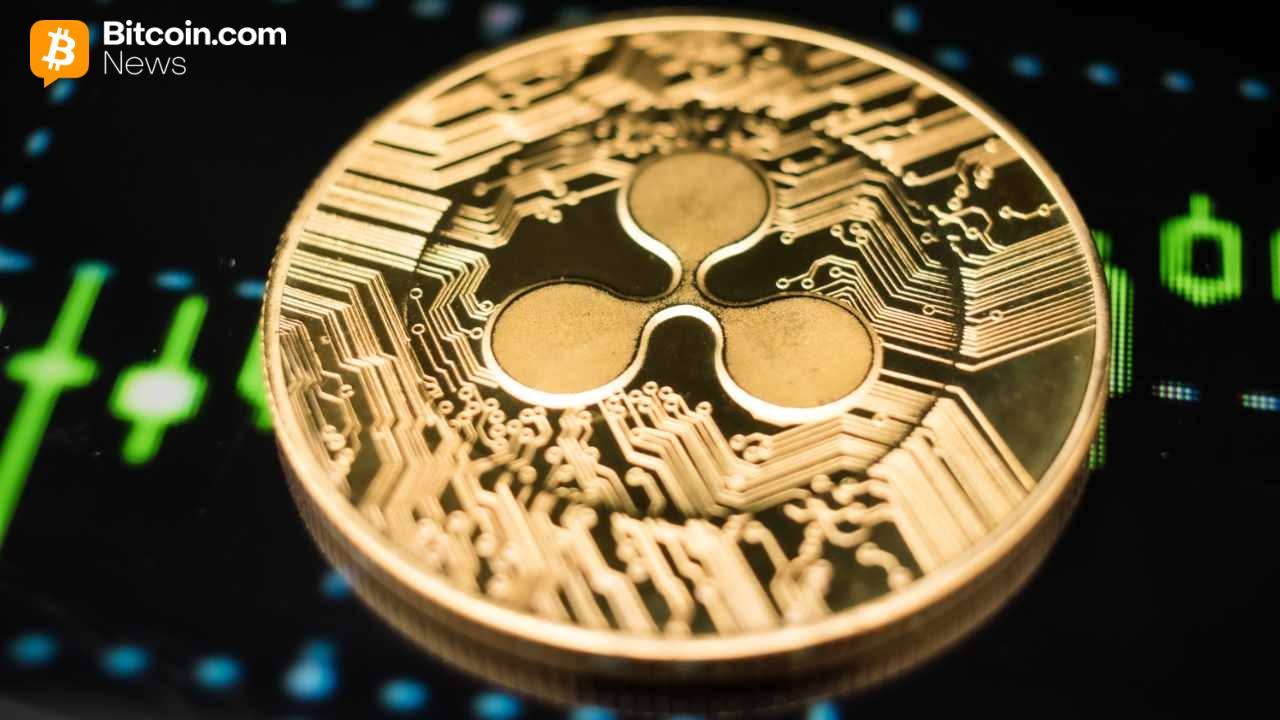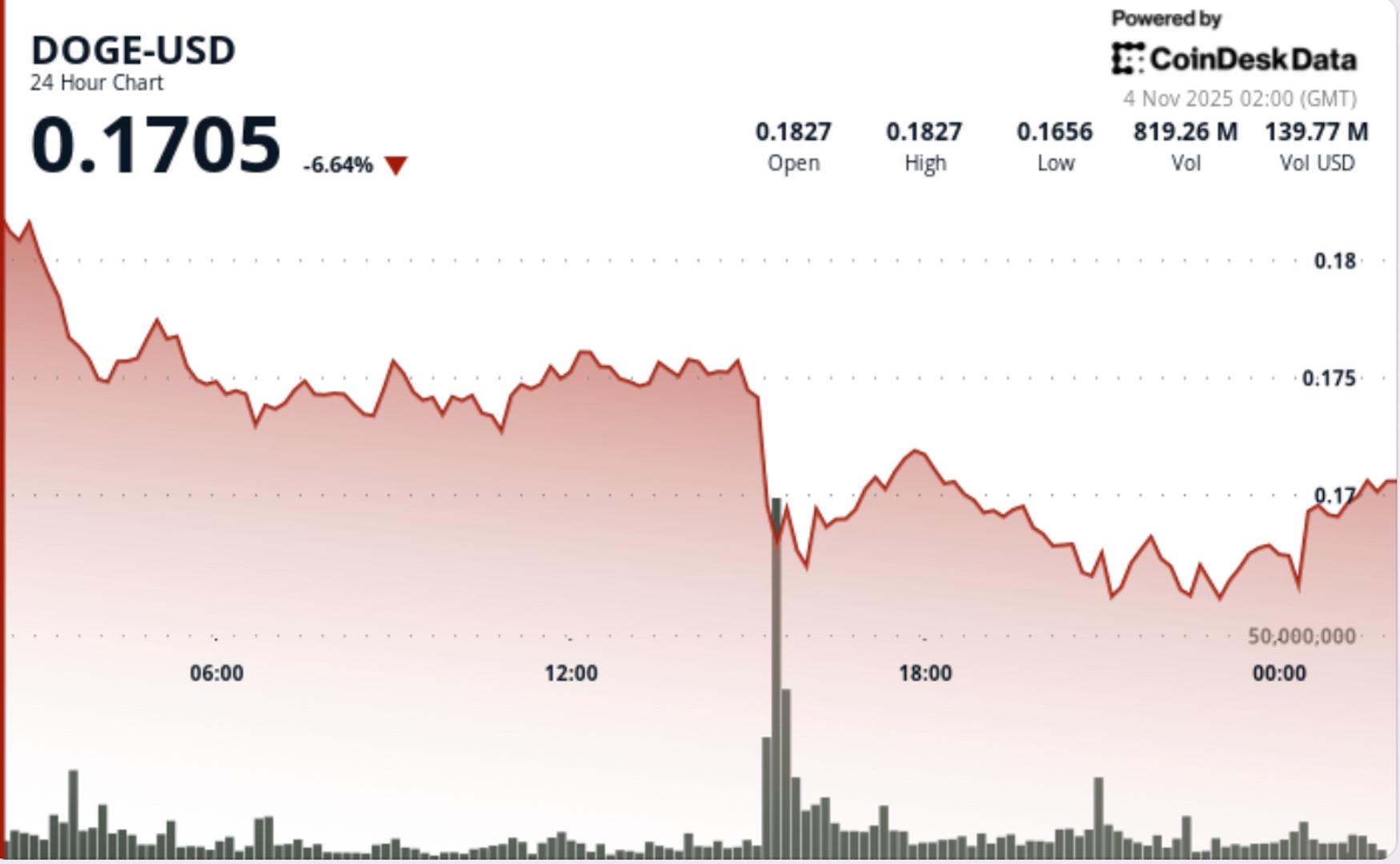How Large Could Institutional Inflows Be for a Spot XRP ETF? AllinCrypto August 20, 2025
A Spot XRP ETF could arrive as soon as late 2025. The launch of Bitcoin ETFs in early 2024 changed the way institutions invested in crypto.
BTC ETFs generated over $4B in inflows during the first few days of trading and became the most successful ETFs in financial history.
XRP, already one of the most recognized altcoins globally, is next in line for ETF attention. With the CME Group already open with XRP Futures products, a spot ETF would provide investors with direct exposure to XRP itself. Let’s see how Spot XRP ETFs will do during launch.
Estimating Institutional Inflows on Day One
Bitcoin’s historic ETF debut is a useful benchmark for estimating XRP’s potential inflows. XRP would be arriving on the scene with strong, institutional attention from existing investment firms such as Greyscale and Canary Capital, alongside legacy use cases from Ripple Payments.
With an existing community of institutions interested in XRP and real adoption through Ripple’s payments network, a scaled-down proportion of Etheruem’s inflows would be significant for XRP.
During the week 11 – 16 August 2025, XRP investment products saw $125M inflows, as evidenced by CoinShares. Institutional demand for XRP is high.

A conservative scenario for a Spot XRP ETF on launch day could see $100 million to $250 million in inflows. This would reflect curiosity and institutional caution.
A moderate case, supported by strong media coverage, realized institutional demand, and hype, might push Spot XRP ETF inflows to $200 million and $300 million. Over a week, $600M+ could be likely.
In a highly bullish scenario, especially if other altcoin ETFs are set to be approved around the same time, inflows may very well reach close to $1 billion. Ripple and the XRP token are one of the most popular altcoins outside of Ethereum.
The Case for XRP as an Institutional Asset
Ripple and XRP stand apart from other altcoins due to their direct ties to enterprises and financial institutions. Ripple’s On-Demand Liquidity (ODL) and Payment services allow banks and firms to move money across borders instantly and at a fraction of the cost of legacy systems.
By eliminating the need for pre-funded nostro accounts, XRP provides cost savings and liquidity benefits for institutions in cross-border settlements.
XRP and Ripple’s real-world utility are central to why institutions are drawn to XRP, serving a defined role in global finance and appealing to firms seeking exposure to functional blockchain tech rather.
Why Institutions Want Exposure
Institutional investors are motivated by XRP’s regulatory clarity. Recent legal outcomes with the SEC have allowed Ripple to break away from legal disputes about sales of the XRP token, clearing a major barrier for large firms.

With XRP consistently ranking among the top traded crypto altcoins, institutions know they can scale into positions and take advantage of XRP’s liquidity.
There is also the case of Ripple’s infrastructure and market structure. The CME Group’s launch of XRP futures also demonstrated that insitonal demand is very real. XRP Futures from CME reached $542 million in notional volume during its first month of trading.

XRP futures serve as both a testing ground for a future spot ETF with direct exposure. As institutions grow comfortable with the asset through derivatives, the transition to spot ETF exposure will be easier.
A Realistic Outlook for XRP Prices
How high could XRP go after a spot ETF launch? Even the most modest ETF inflows could double or triple XRP’s current market capitalization, pushing the token into the $5 to $7 range and above.
In optimistic scenarios, where institutional adoption accelerates rapidly as it already is, thanks to President Trump’s crypto wishes and Paul Atkins at the SEC, following up with project Crypto, XRP could break into double digits, reaching $10 – $19.

XRP’s Institutional Future
With existing CME XRP futures, growing institutional familiarity, regulatory clarity, and Ripple’s established payments use cases, XRP is one of the most institutionally ready altcoins alongisde Hedera Hashgraph (HBAR) and Stellar (XLM).
While Bitcoin and Ethereum dominate in crypto inflows, XRP’s focus on real-world finance may give it an edge once the token is given a spot listing.
Once a spot ETF launches, institutional inflows could be measured in the hundreds of millions, followed by billions, over time. This level of demand would boost XRP’s price discovery, possibly leading to a wider effect on similar altcoins positioned for institutional collaboration.
The post How Large Could Institutional Inflows Be for a Spot XRP ETF? first appeared on AllinCrypto.







